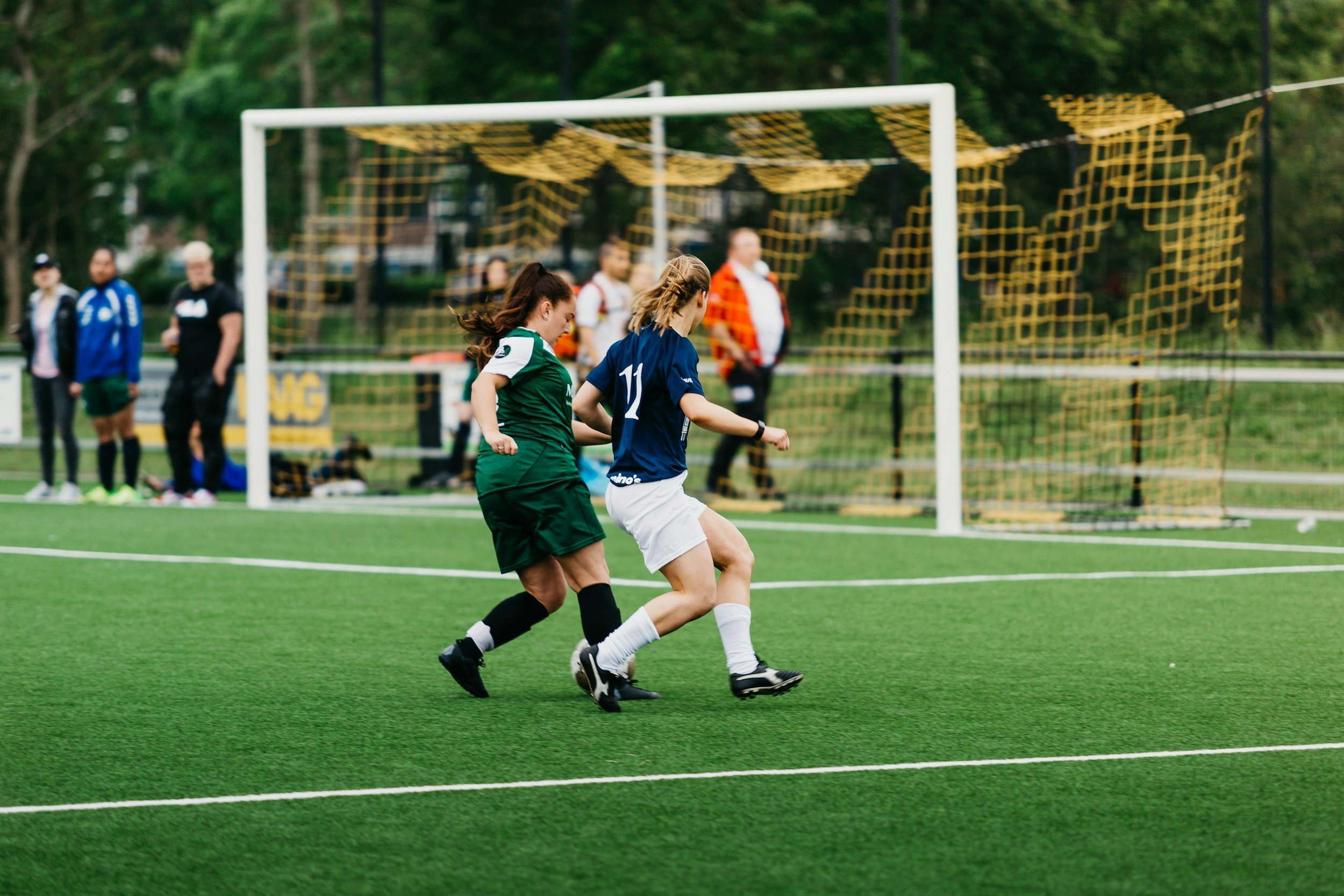Public resources
-
UK-wide Concussion Guidelines for Grassroots Sport
This landmark guidance, published by the UK government and the Sport and Recreation Alliance, provides comprehensive information on identifying, managing, and preventing concussion in grassroots sport.
-
Scottish Sports Concussion Guidance
The guidance outlines updated protocols for quickly identifying and managing concussions in grassroots sports, mandating immediate removal from play and a structured, gradual return to normal activities.
-
ConcussED Blog Library
Browse our blog library for articles on a range of topics. Just click the button below.
-
A concussion is a traumatic brain injury that disrupts normal brain function and leads to a temporary ‘energy crisis’. As a result, it affects how a person thinks, feels and acts.
-
There are various signs or ‘clues’ to watch for in someone. Any one of the following can suggest a concussion:
Loss of consciousness or responsiveness
Lying motionless on ground/slow to get up
Unsteady on feet/balance problems or falling over/incoordination
Dazed, blank or vacant look
Slow to respond to questions
Confused/not aware of plays or events
Grabbing/clutching of head
An impact seizure/convulsion
Tonic posturing-lying rigid/motionless due to muscle spasm (may appear to be unconscious)
Change in mood (more emotional/irritable than normal for that person)
Vomiting
These noticeable changes can serve as signals to those around you that you may have sustained a head injury.
-
Symptoms can appear right after the injury, but can be delayed or evolve over several minutes, hours, and even a couple of days.
Symptoms can vary widely among individuals and even between different concussion in the same person. They are typically grouped into the following categories:
Physical: E.g. Headaches, dizziness, changes in vision and/or balance, nausea, light/noise sensitivity.
Cognitive: E.g. A slowed mental pace, difficulty concentrating, memory issues, a foggy or detached feeling, trouble completing tasks, and impaired problem-solving skills.
Mood: E.g. Irritability, anxiety, sadness, depression, or more emotional.
Sleep-related: E.g. Trouble falling asleep, excessive drowsiness, difficulty staying asleep.
-
Red flags mean seek urgent medical attention.
The presence of any of these signs may indicate a more severe brain injury, requiring urgent medical attention and transport to a hospital:
Any loss of or deteriorating consciousness (more drowsy)
Amnesia (no memory) of events before or after the injury
Increasing confusion or irritability
Unusual behaviour change
Any new neurological deficit, for example, difficulties with understanding or speaking, decreased sensation, loss of balance, weakness, double vision
Seizure/convulsion or limb twitching OR lying rigid/motionless due to muscle spasm
Severe or increasing headache
Repeated vomiting
Severe neck pain
Any suspicion of a skull fracture such as a cut, bruise, swelling or severe pain at injury site
Previous history of brain surgery or a bleeding disorder
Taking medication to thin the blood
Current drug or alcohol intoxication
-
Concussion can be caused by a direct impact to the head, but can also occur through indirect contact with other parts of the body that result in rapid movement of the head. In effect, any sudden impact—causing the brain to twist or shift rapidly within the skull—can result in a concussion.
-
Concussions can affect anyone. However, factors such as age, gender, and a history of previous concussions may increase the likelihood of sustaining one. For more detailed information on these risk factors, please refer to documents such as the Scottish Sports Concussion Guidance in the Resource section above.
-
In community game settings, there is no formal head injury assessment (HIA). If a concussion is suspected, the affected individual must be removed from play immediately and should not return the same day. It is essential that teammates, coaches, officials, managers, and even parents or carers ensure that anyone showing signs of a concussion is safely withdrawn from the game.
Anyone with a suspected concussion should be immediately removed from play, and not allowed to return on the same day (“If In Doubt, Sit Them Out”).
If a neck injury is suspected the athlete should only be removed by emergency healthcare professionals with appropriate spinal care training.
Whilst only a healthcare professional can make the diagnosis, everyone has a role in spotting the potential signs and taking action.
If you suspect you have sustained a concussion, inform your coach, team management, and family immediately. It is advisable to consult an on-site healthcare professional or call NHS24 (111) within 24 hours—even if your symptoms seem to dissipate quickly.
Documenting the incident details is helpful for maintaining accurate concussion data. Following this, you should following a graduated return to activity (education/work) and sport (GRAS) programme.
-
Every concussion and recovery is unique. Pushing too quickly through the recovery stages can delay healing, so each concussion must be managed on a case-by-case basis.
The first step to getting back to training is to follow a relative rest period for the first 24-48 hours. During this time, limit screen time as much as possible as this supports recovery. Focus on rest and good nutrition.
Following this, you can begin to progress through the remaining steps of the graduated return to activity (education/work) and sport (GRAS) programme. Remember to focus on your mental and emotional recovery as much as the physical.
If symptoms persist more than 28 days, seek support from a healthcare professional and remain out of sport.
At grassroots level, there should be no return to sports competition before 21 days following a concussion.



